Tired of gym workouts that feel disconnected from real life?
You’re not alone.
Traditional weightlifting, while effective, often neglects the movements we perform daily.
This disconnect can lead to imbalances, injuries, and a lack of functional strength.
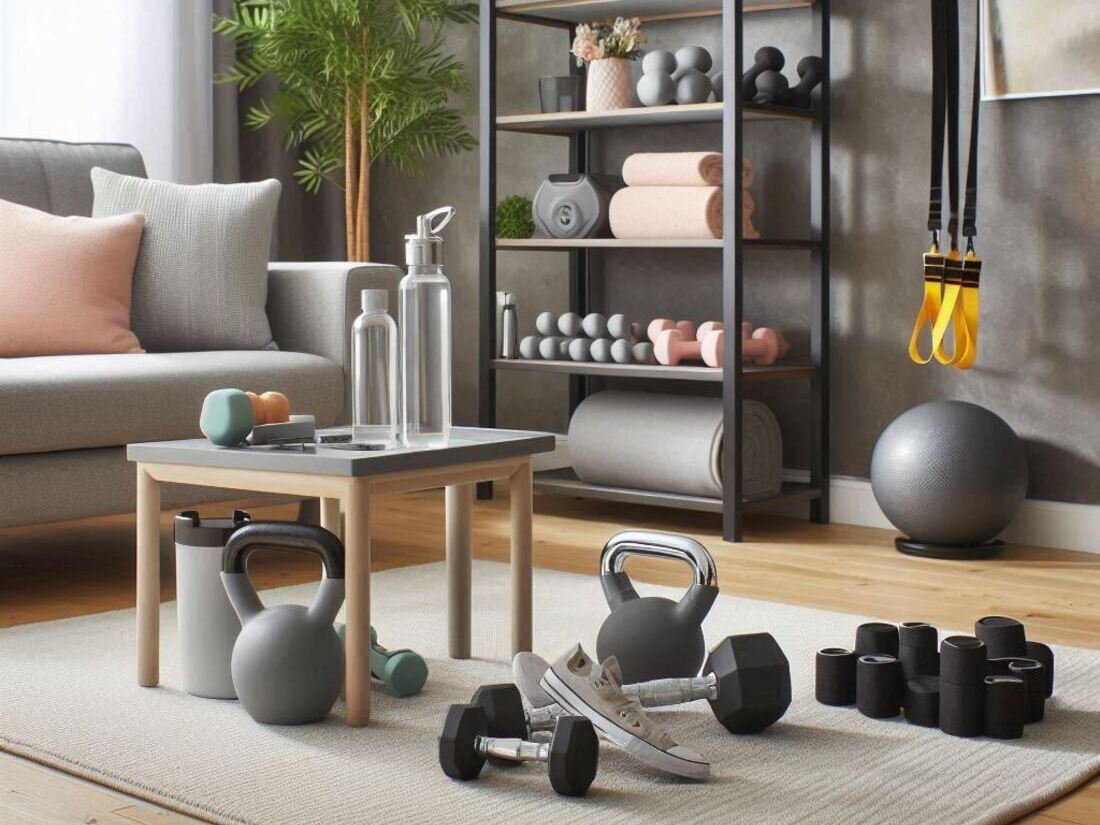
It’s time to break free from the iron and embrace a fitness approach that empowers your everyday life.
Functional fitness focuses on training your body to perform real-world movements with ease and efficiency.
By incorporating equipment that mimics everyday activities, you’ll not only build strength but also improve balance, coordination, and overall athleticism.
This holistic approach will enhance your ability to tackle challenges, from carrying groceries to playing with your kids.
Let’s explore the world of functional fitness and discover the equipment that will transform your workout routine and empower your daily life.
Core Functional Fitness Equipment
Functional fitness revolves around equipment that mimics real-life movements.
Each piece of equipment offers unique benefits, catering to different fitness goals and preferences.
Experimentation is key to finding your ideal functional fitness setup.
Here’s a breakdown of essential tools.
Kettlebells
Kettlebells are versatile tools that offer a full-body workout.
They combine cardiovascular exercise with strength training, enhancing endurance and power.
Kettlebell swings, squats, and Turkish get-ups are just a few examples of effective exercises.
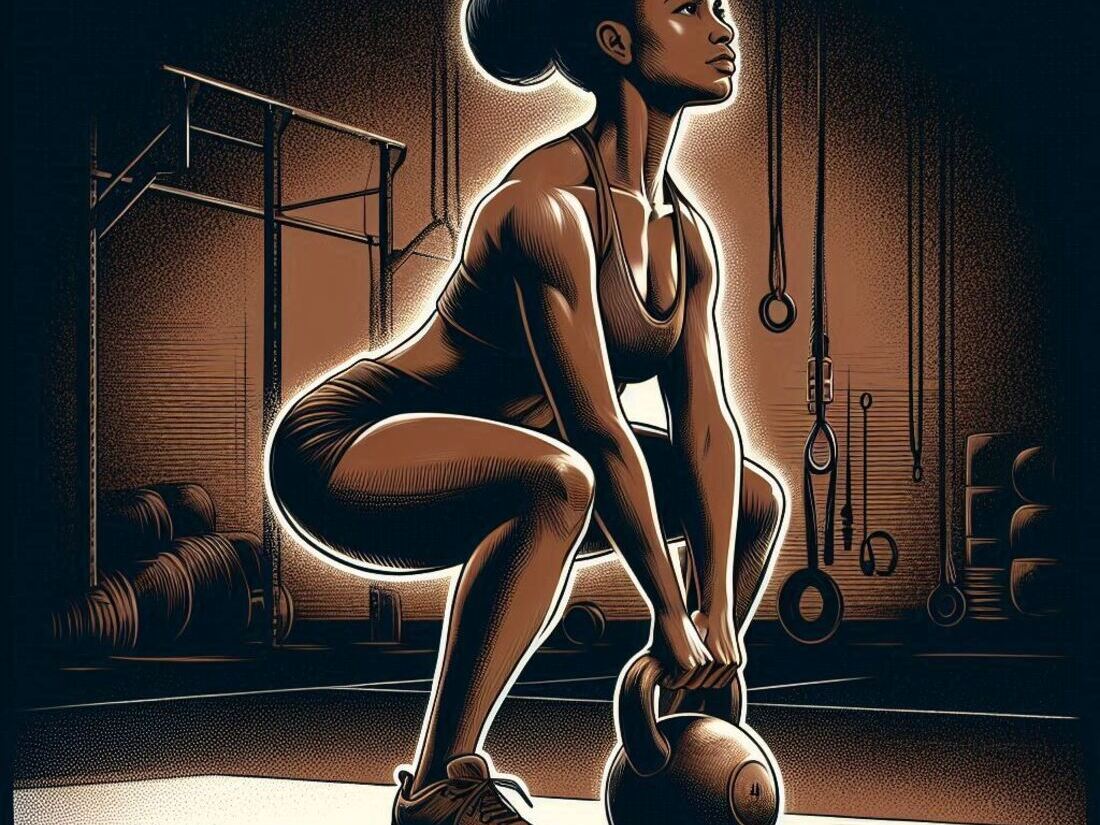
Why Kettlebells?
- Full-body workout: Engage multiple muscle groups simultaneously.
- Improved core strength: Develop a strong core for better balance and stability.
- Increased calorie burn: Combine strength training with cardio for efficient workouts.
Medicine Balls
Medicine balls are excellent for explosive power and core strength.
They can be used for various exercises, including throws, slams, and core workouts.
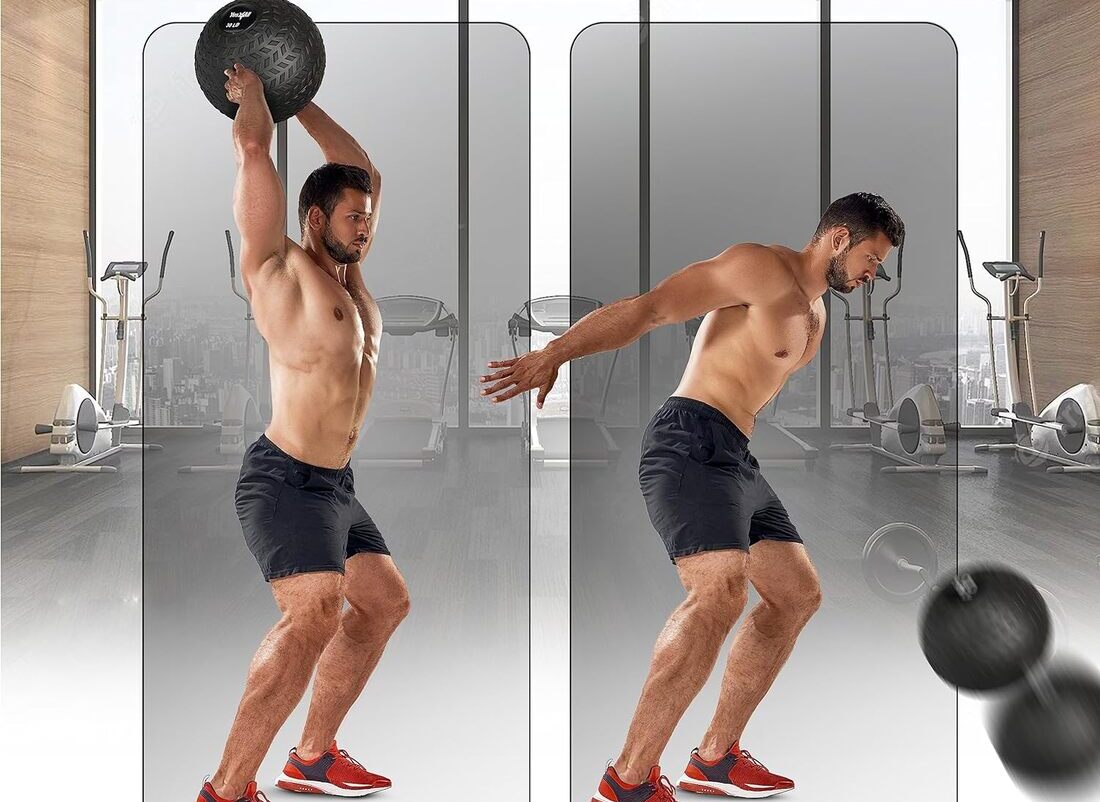
Why Medicine Balls?
- Power development: Enhance explosive strength and agility.
- Core engagement: Strengthen core muscles for improved stability.
- Versatility: Suitable for individuals of all fitness levels.
Suspension Trainers
Suspension trainers, such as TRX, utilize bodyweight exercises with adjustable resistance.
They offer a challenging workout that targets multiple muscle groups and improves stability.

Why Suspension Trainers?
- Bodyweight focus: Build strength without additional equipment.
- Portability: Easily take your workout anywhere.
- Core engagement: Challenge your core muscles for improved balance.
Resistance Bands
Resistance bands provide a versatile and portable option for strength training.
They can be used for a wide range of exercises, from upper body to lower body workouts.
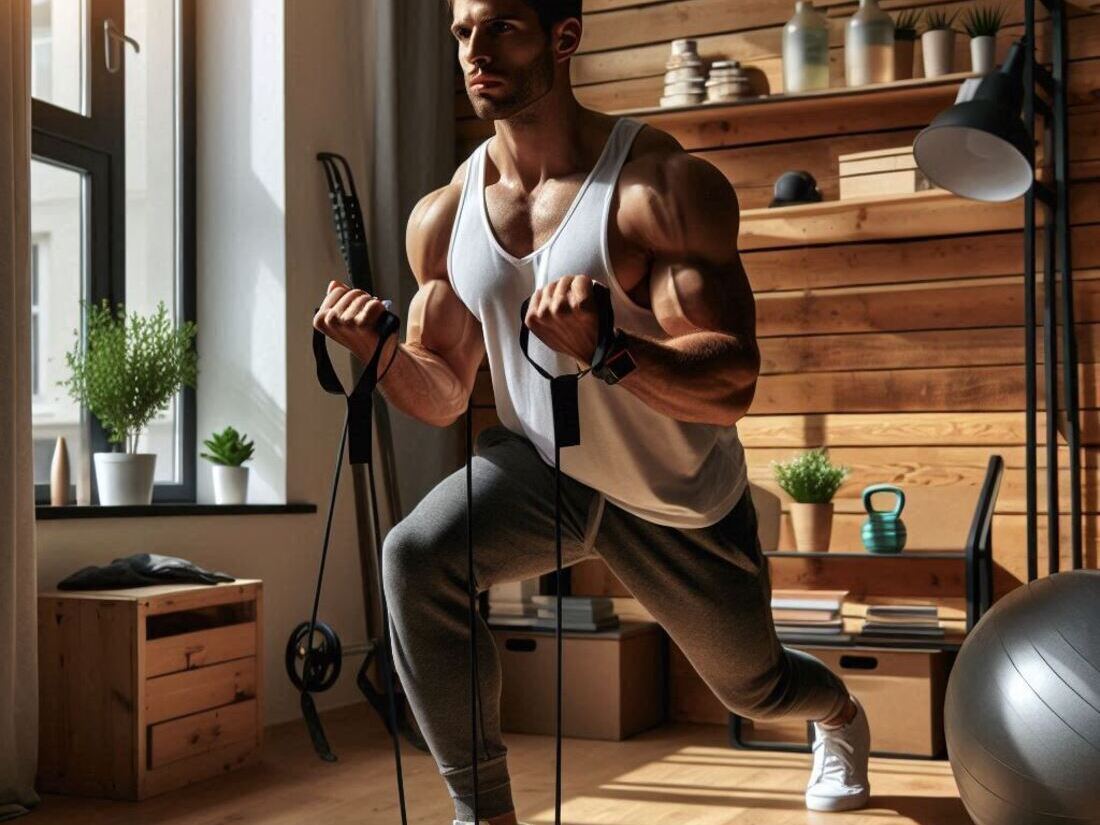
Why Resistance Bands?
- Versatility: Suitable for various exercises and fitness levels.
- Portability: Easily packable for workouts on the go.
- Low impact: Gentle on joints, making them suitable for rehabilitation.
Bosu Balls
Bosu balls challenge balance and coordination while enhancing core strength and stability.
They can be used for a variety of exercises, including squats, lunges, and push-ups.
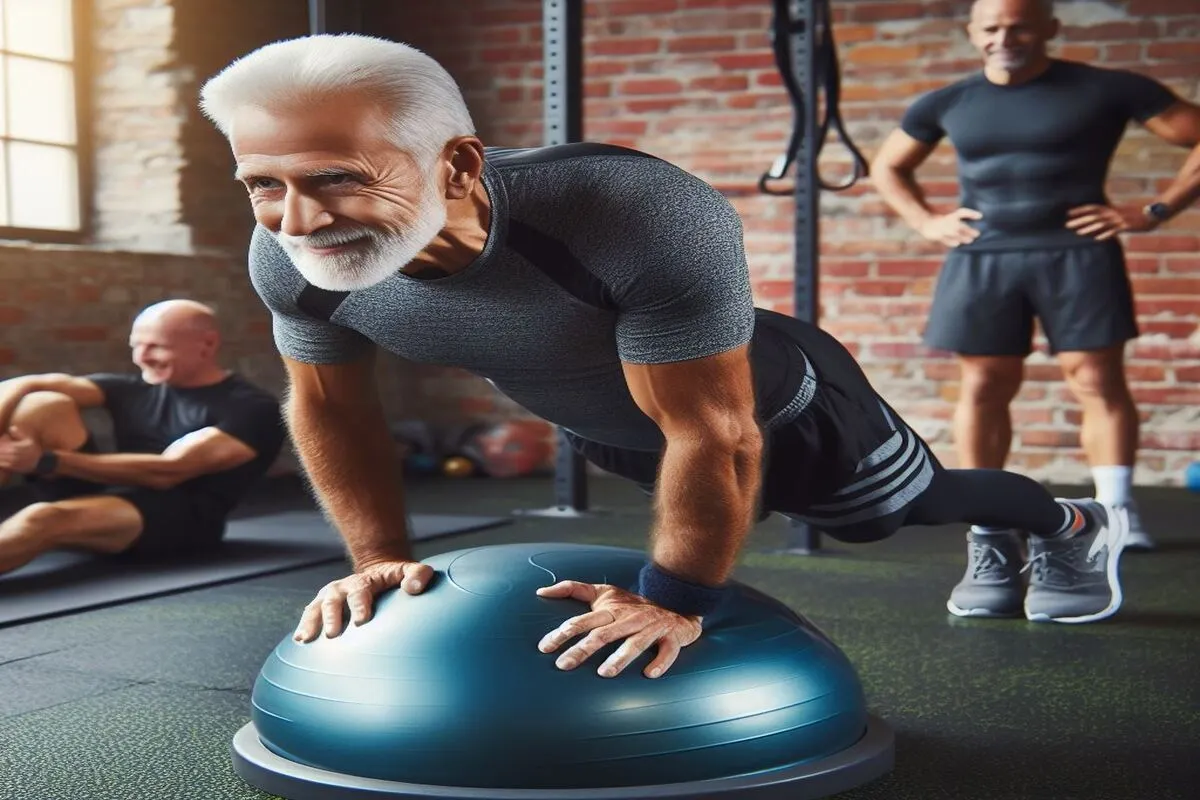
Why Bosu Balls?
- Balance and stability: Improve overall coordination and control.
- Core engagement: Strengthen core muscles for better posture.
- Functional training: Mimic real-life movements and challenges.
By incorporating these core functional fitness equipment into your routine, you’ll experience a transformative shift in your strength and overall fitness.
Incorporating Functional Fitness into Your Routine

To maximize the benefits of functional fitness, consider incorporating the following workout structures:
- Circuit training: Combine cardio and strength exercises for a time-efficient workout. Alternate between exercises like kettlebell swings, push-ups, and squats for a challenging and dynamic routine.
- Functional movement training: Focus on exercises that mimic everyday movements, such as squatting, lifting, pushing, and pulling. Incorporate variations like lunges, deadlifts, and overhead presses to target different muscle groups.
- Core stability training: Prioritize exercises that strengthen the core muscles for improved balance and stability. Planks, Russian twists, and leg raises are excellent choices.
Benefits of Functional Fitness
- Improved daily performance: Enhanced strength and balance for everyday tasks. Studies have shown that individuals who engage in functional fitness activities experience fewer falls and improved ability to perform daily living activities. (Source: American Council on Exercise)
- Reduced injury risk: Stronger muscles and improved coordination can help prevent injuries. Research suggests that functional training can reduce the risk of musculoskeletal injuries by improving neuromuscular control. (Source: National Academy of Sports Medicine)
- Enhanced athletic performance: Increased power, speed, and agility for sports and activities. Functional fitness training has been shown to improve performance in various sports, including basketball, tennis, and soccer. (Source: Journal of Strength and Conditioning Research)
- Boosted metabolism: Functional training can elevate your heart rate, leading to increased calorie burn. Incorporating explosive movements like medicine ball slams can further enhance metabolic benefits.
By incorporating functional fitness into your routine, you’ll experience a transformative shift in your strength, balance, and overall well-being.
Remember, consistency and proper form are key to achieving your fitness goals.
Comparison of Functional Fitness Equipment
To help you choose the right equipment for your functional fitness journey, consider the following comparison:
| Feature | Kettlebells | Medicine Balls | Suspension Trainers | Resistance Bands | Bosu Balls |
|---|---|---|---|---|---|
| Versatility | High | High | High | High | High |
| Muscle Engagement | Full body | Full body | Full body | Full body | Core and balance |
| Space Required | Moderate | Small | Minimal | Minimal | Small |
| Cost | Moderate | Moderate | Moderate | Low | Moderate |
Workout Routines
Beginner Routine: Focus on mastering basic movements with bodyweight exercises and light resistance.
- Warm-up: Light cardio, dynamic stretches
- Workout: Squats, lunges, push-ups, planks, bicep curls with resistance bands
- Cool-down: Static stretches
Intermediate Routine: Incorporate more challenging exercises and increase resistance.
- Warm-up: Light cardio, dynamic stretches
- Workout: Kettlebell swings, medicine ball slams, TRX rows, resistance band pull-aparts
- Cool-down: Static stretches and foam rolling
Advanced Routine: Combine high-intensity intervals with complex movements.
- Warm-up: Dynamic stretches, light cardio
- Workout: Tabata-style circuit with kettlebell swings, burpees, and suspension trainer rows
- Cool-down: Static stretches and foam rolling
Space-Saving Tips
- Utilize wall space for hanging resistance bands or suspension trainers.
- Choose foldable or stackable equipment for easy storage.
- Create a dedicated workout area, even if it’s a small corner of a room.
Budget-Friendly Options
- Start with bodyweight exercises before investing in equipment.
- Explore second-hand options for kettlebells, dumbbells, or resistance bands.
- Consider DIY options like filling water bottles for added weight.
FAQs About Functional Fitness
- What is the difference between functional fitness and traditional weightlifting?
- Functional fitness focuses on movements that mimic real-life activities, while traditional weightlifting often isolates muscle groups.
- Can I build muscle with functional fitness?
- Absolutely! Functional fitness can help build strength and muscle mass effectively.
- How often should I do functional fitness workouts?
- Aim for at least 2-3 sessions per week, incorporating a variety of exercises.
- What is the best functional fitness equipment for beginners?
- Resistance bands and bodyweight exercises are great starting points for beginners.
Testimonials
“Since incorporating functional fitness into my routine, I’ve noticed a significant improvement in my ability to lift heavy objects and maintain balance.” – John, 45
“I love the versatility of kettlebells. They’ve helped me build strength and endurance, and I’ve seen a noticeable difference in my overall fitness.” – Sarah, 32
Conclusion
By incorporating functional fitness equipment into your workout routine, you can enhance your overall strength, balance, and performance.
Remember, consistency and proper form are key to achieving your fitness goals.
Embrace the challenge and enjoy the benefits of a stronger, more functional body.
Ready to revolutionize your fitness routine with functional training?
Explore our resources on workout routines, nutrition, and exercise tips to complement your new home gym setup.
Visit our website Reliable Home Fitness Website to start your fitness journey today!



